Stillwater Fishing Part 2 - The Hunt for Big Trout

As a teenager growing up in the North-East, I can remember reading about people fishing for the “gulpers” in Hebgin lake. Considering that back then anything over 10 inches was big to me, these fish were downright mythical. Combined with the proximity of all the fishing available in nearby Yellowstone National Park, getting out to have that experience was a major fantasy. The dream of landing such a fish was just a dream for many years. When as a twenty year old I finally made it out there, the trip was everything I had hoped for. The first time I watched a truly large trout eat my fly and the ensuing fight, is forever etched in my memory (full disclosure, I actually lost that fish at the net, but the memory is still great!). I will also say that it was many more years before large trout became something more than a thrilling rarity. I have to give a lot of credit to my good friend and legendary fishing guide Stuart Andrews for upping my game in terms of how to target, and consistently catch big trout. As it turns out, while I still love to watch a large fish take a fly on the surface, chasing gulpers is not the most effective way to chase the big ones. There are more, and larger fish to be caught below the surface, so that will be my focus here.

While a lot of articles focus on a few famous lakes, the rocky mountain west has dozens of lakes across several states that have the right combination of water chemistry and biology to grow large trout. These days a visit or call to a local fly shop can usually send you in the direction of one or more lakes that give you a serious chance at breaking the 20 inch mark or even getting to see your backing. (Speaking of your backing, before you go out chasing these guys, strip off your line and check your knot! Nothing creates misery more than a failed backing knot when you finally get a fish big enough to test it!) Now as for chasing big trout, you do need to understand that it takes work, and your catch numbers are likely to be lower than your typical fishing day. If you like baseball analogies, Babe Ruth comes to mind. While he was running up the numbers on home runs, he was also setting records for strikeouts. Chasing big fish is not all that different, and the sweet sensation of line screaming off your reel makes all the time and effort worthwhile! I should also point out that if you only have a day, hiring a guide who specializes in big fish will increase your chances substantially.

The first step in targeting large fish is to select the water you want to work. While it may seem daunting, there are many fishing books and news articles that will provide reports of where people find the big ones. While your local fly shop isn’t likely to send you to their favorite hole, they will almost always have info on a good lake, and even some of the better fly patterns and general locations to try. Once at the lake, the process begins by first trying to understand the underwater topography, and to puzzle out structures and other features that might cause fish to concentrate in a smaller area. Ice out is one the best times to arrive at any lake, as the shoreline seems to become a universal structure where the fish hang out intent on feeding after a long winter. Just walking to the edge of the water and casting can work in many places. As the water warms, they generally move to deeper water. Now reading the lake becomes more important. This is true both if you are fishing from shore, or if you have some kind of water craft.

For the shore bound angler, looking for points, jetties, and steep shorelines becomes a big part of the game. If there are major expanses of gradual shoreline, you may need to carefully wade out as deep as you can to get your fly to the fish. The use of small stepladders has gotten a lot of press at Pyramid Lake, Nevada. That tactic works in other places as well! Learn to make wind your friend. A good wind will create bubble lines off of points, and those will become fish concentrators. As unpleasant as it sounds (and is…), seek out the downwind sides of lakes, and cast into it. Fish tend to concentrate where the wind blows the food. Yes, its like surf fishing, but if you can make the cast, you will do better than if you stick to the easier casting lee side. I have one friend who would literally hang out on the shoreline watching others fish, until the wind came up. Others would pack up and leave, then he went out and cleaned up on a bunch of big fish!

Another feature to keep is mind is the inlet or outlet of the lake. During spring and fall spawning runs, large trout from the lake will move into these ares in hopes of spawning. Even when there is no actual spawning substrate, concentrations of hopeful giants can often be found hanging out and looking for a suitable place to party. Check the regs, as some places will have closures, and take care to stay off the reds if you find spawning fish. If an area is open and has a sizable run, you will often have crowds of anglers that will provide a hint to the good locations, and likely keep you company while you fish. This gets a little out of the realm of still-water, but you can’t have a discussion about big lake fish without at least bringing it up.

There are definite advantages to having access to a watercraft of some kind. I enjoy playing the game from a float tube, and figuring out the details of a relatively small area. Larger boats allow you to cover far more ground, but I have seen some people leave good water that they haven’t figured out, and spend more time running around a lake than fishing. Regardless of what kind of craft you are in, understanding what the bottom is doing is critical. My results really improved when I started using a small portable depth finder that will strap onto the side of my float tube. Learning the bottom structure makes all the difference in the world. Being able to sit over drop-offs and weed lines lets you concentrate on places that fish like. Marking fish will not only confirm that you are in a good location, but it also will give you an idea of the average depth that they are hanging. I have found that getting the depth right is possibly more important than fly selection, and that people fishing nearby at a different depth sometimes catch far fewer fish. Yes, I plead totally guilty to emulating tactics more commonly found on the pro bass fishing circuit, but then again, I get to land a lot of big fish!

As far as I am concerned, getting your location right is at least 75% of the game. But when it comes to closing the deal, fly choice and presentation are also important. Perhaps the best flies for truly large fish are streamers. They represent tasty meals that help hefty fish grow even bigger. Streamer fishing in a lake is a study of many casts covering quality water. As fish in lakes tend to cruise, I prefer repeating presentations over a small area as opposed to covering lots of water. This is one of those few times where a long cast is truly helpful. Fewer long casts seem to work more efficiently than many short ones. You want your fly to travel close to the bottom, so often the call goes to a sinking line and the requisite stripping basket. Strikes can be savage, so use heavy tippet. I am generally on 1X flourocarbon. While any time can be productive, the largest predators tend to hunt at dawn or dusk, or even after dark. Streamer fishing is effective in low light because you generally feel the strike. As for flies, almost any pattern will work, but I am partial to squirrel and bunny leeches in black brown and olive.

While perhaps the biggest monsters tend to fall to streamers, if you like high numbers of twenty inch plus fish, there is probably nothing that beats suspension nymphing. If you are fishing from shore, any standard strike indicator setup will typically work. Where two flies are legal, I almost always use a small squirrel leech as my top fly. I am convinced that when moved around by wave action, this fly will attract larger fish, even if they ultimately take the bottom fly. As for that critical bottom fly, this is where knowing the food source becomes important. The lakes that grow these big trout are usually super abundant in one or more of the following food groups. Midges and their larger cousins chironomids, fresh water shrimp, callibaetis mayflies, and sometimes damsel flies. When the hatches are going full steam, the right bug is usually obvious. If it isn’t a major hatch, cycling through these patterns at the right depth will usually lead to a winner. Again, I’m a big fan of flourocarbon tippet, and you shouldn’t go below 3X if you want a chance at landing a big one.

Now when it comes to depth, if the fish are down more than seven or eight feet, it becomes difficult to land fish with a standard strike indicator fixed to your leader. For fishing deeper you need a quick release, sometimes called a slip strike indicator. Available at most fly shops that are near this kind of fishing, they consist of a floating foam indicator combined with a hollow plastic peg that fits into the center hole in the foam section. Run the leader through both parts. You set your depth by pinching a small (1/2” or so) loop of leader between the two, so that when given a tug the two separate. This allows you to fish depths as far down as twenty five feet, yet it will release when you set the hook and slide down close to the fish so you can land them. Learning this system opened up a whole new world for me. Once you have the location and depth figured out, catching a bunch of nice fish is not an unrealistic expectation. On a good day, you can get a really sore arm from playing and landing too many heavy fish. That is what I call a high class problem!

I have landed many good fish on a stout five weight rod, but this is a situation where you might appreciate the stronger backbone of a six or even seven weight rod. These guys are known for making fast runs, and a reel with a quality drag will definitely prove its worth. Also consider the size of your landing net. Although I have used my stream net for plenty of big fish, the longer handle and bigger basket of a boat net will make it much easier to control your catch and release it quickly. There was a time when I felt silly with a big net tucked into my wading belt, or tied to a retractor in my float tube, but those days are over! Even with all the right gear, you will lose some. Deal with it. Practice helps, and over time you will lose fewer, but crazy stuff just happens when you’re dealing with monsters. It builds character, and will be the source of many fun stories. But more importantly, nothing quite compares to the feeling of your tired arms lifting that stunning trophy briefly into the air for a quick photo.

By Scot Bealer
Scot first started guiding in the 1980’s, and has fished extensively through the rocky mountain west and many other parts of the world. When not on the water, he is typically out working with his wife, Lea Frye, doing wildlife photography. See their work at https://www.leaf-images.com, or follow them on Instagram @lea.f_images



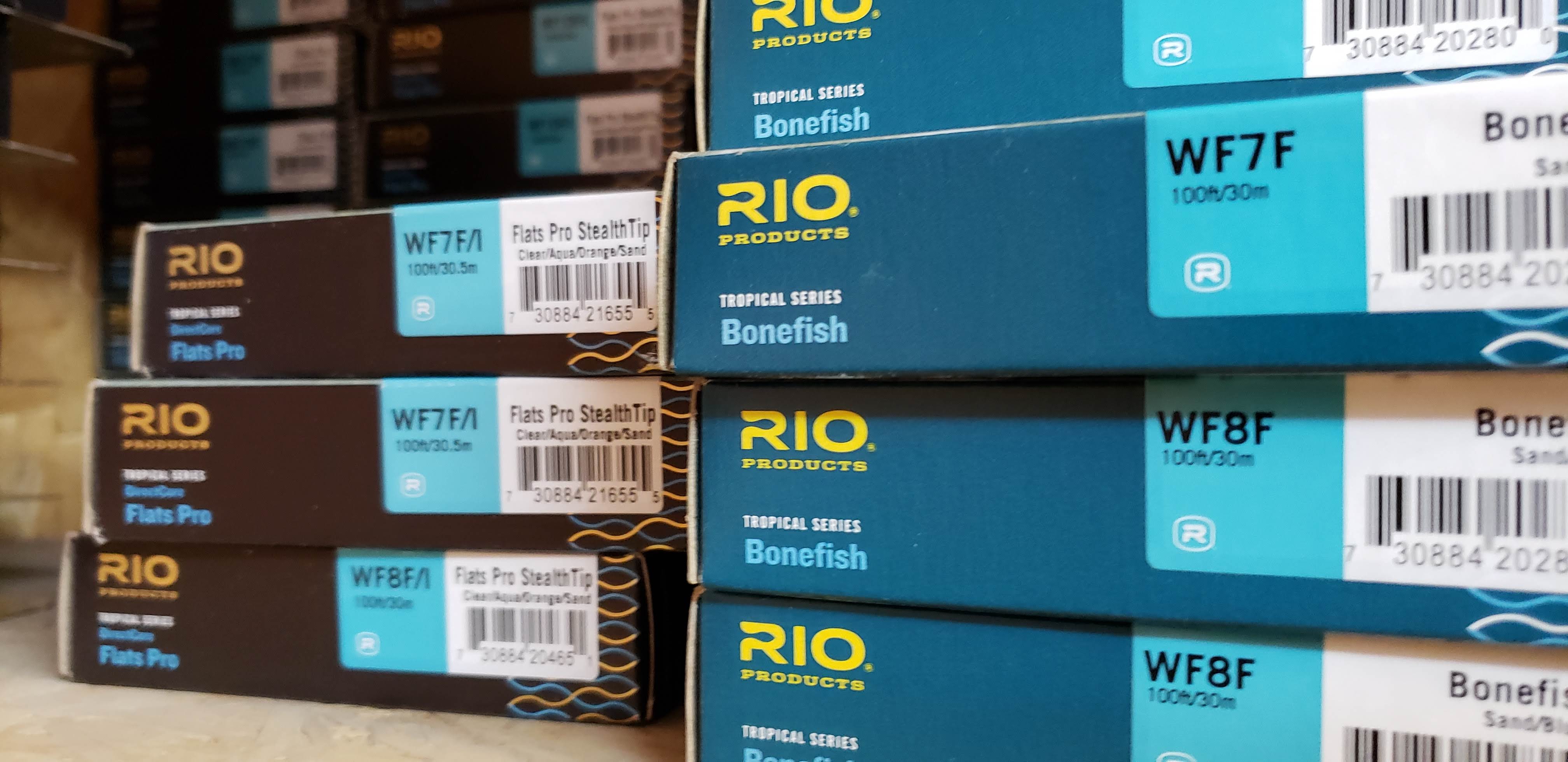

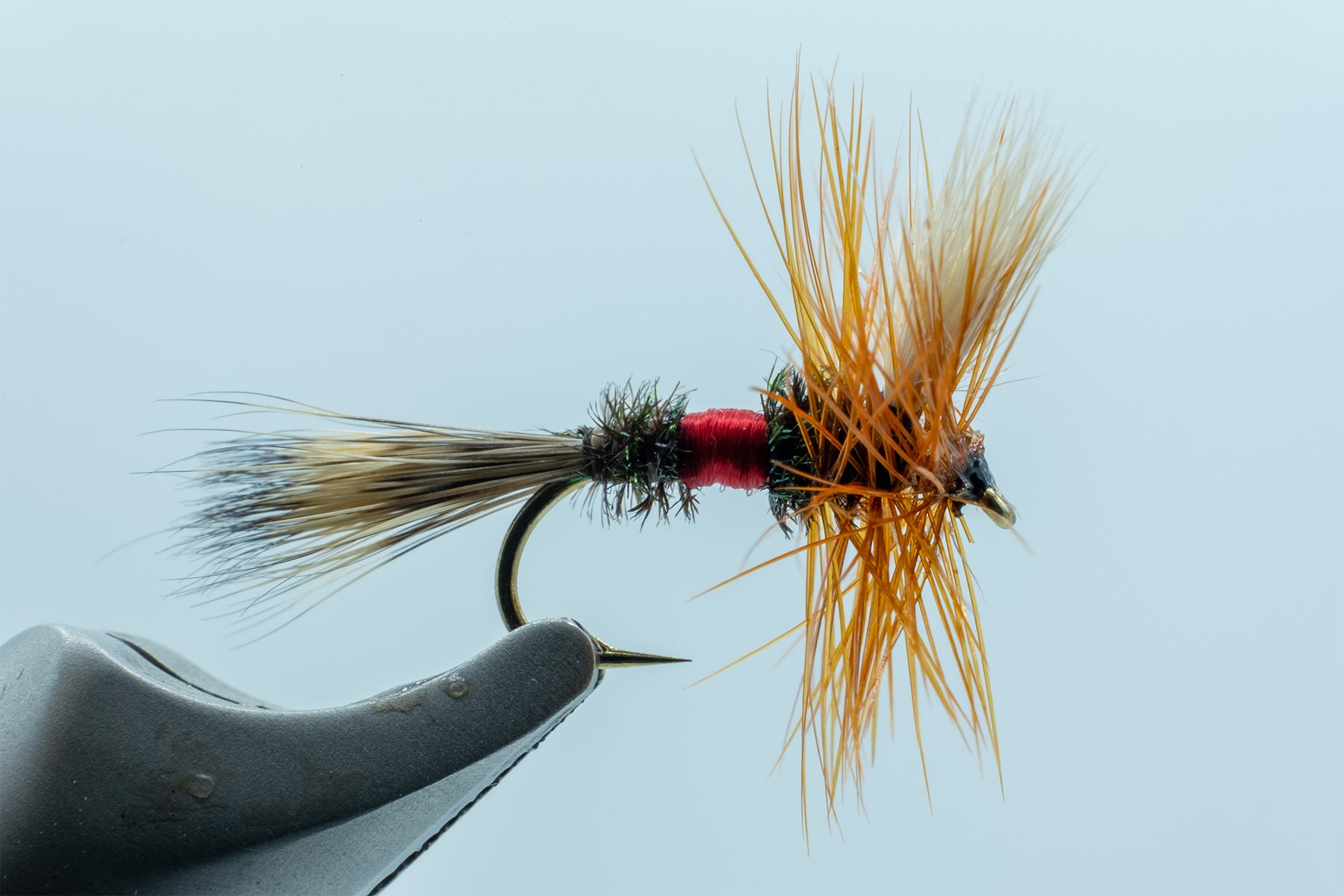
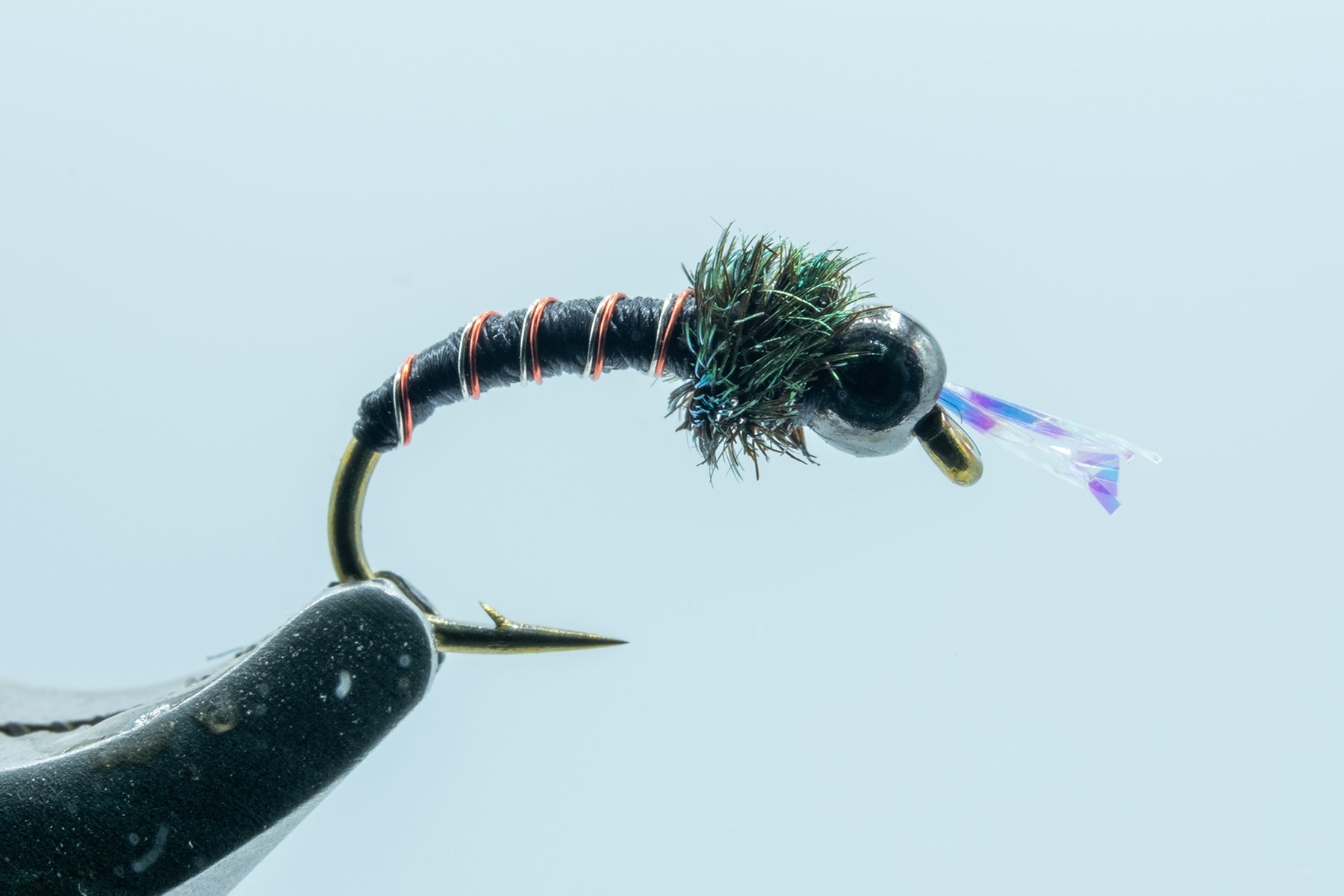
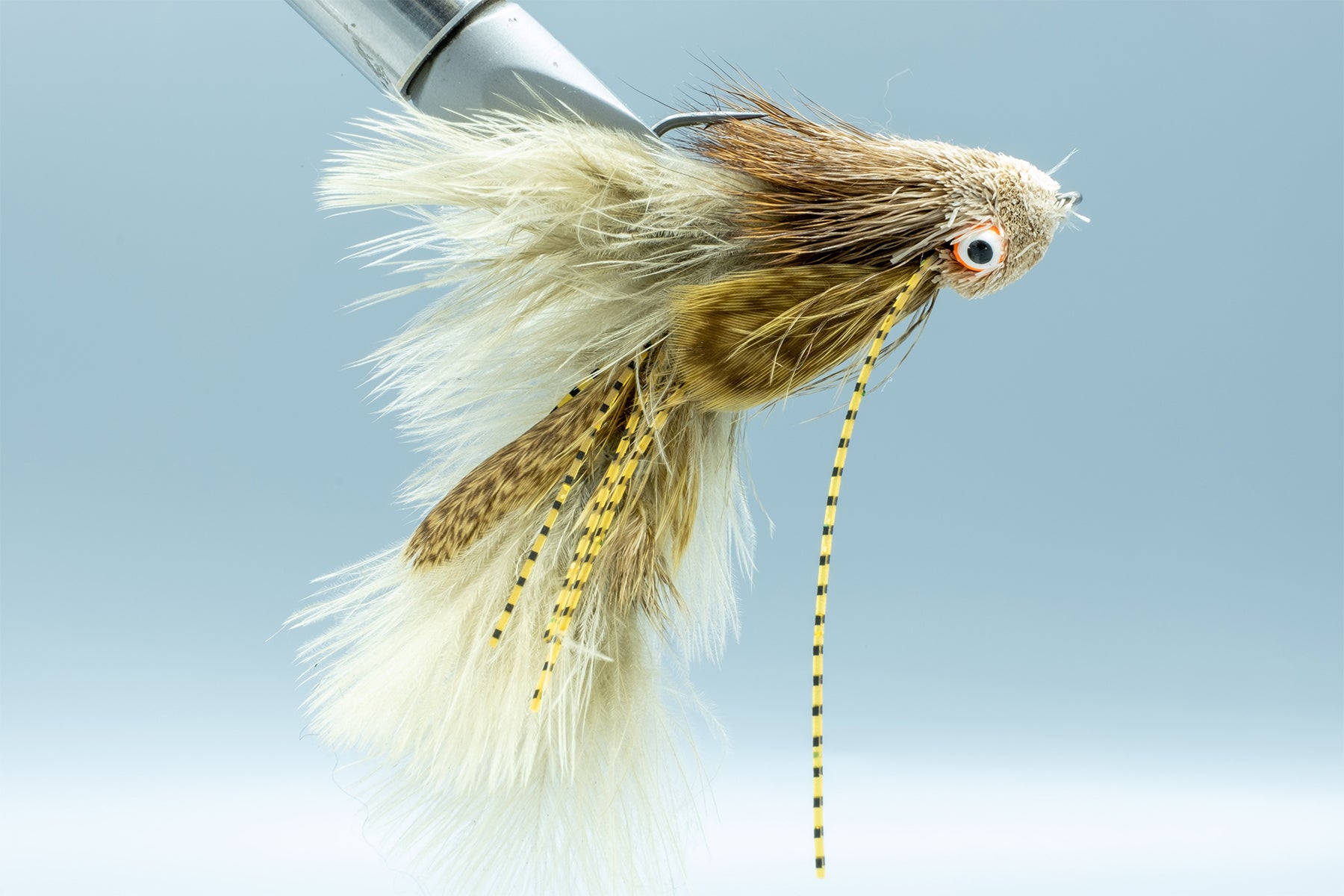
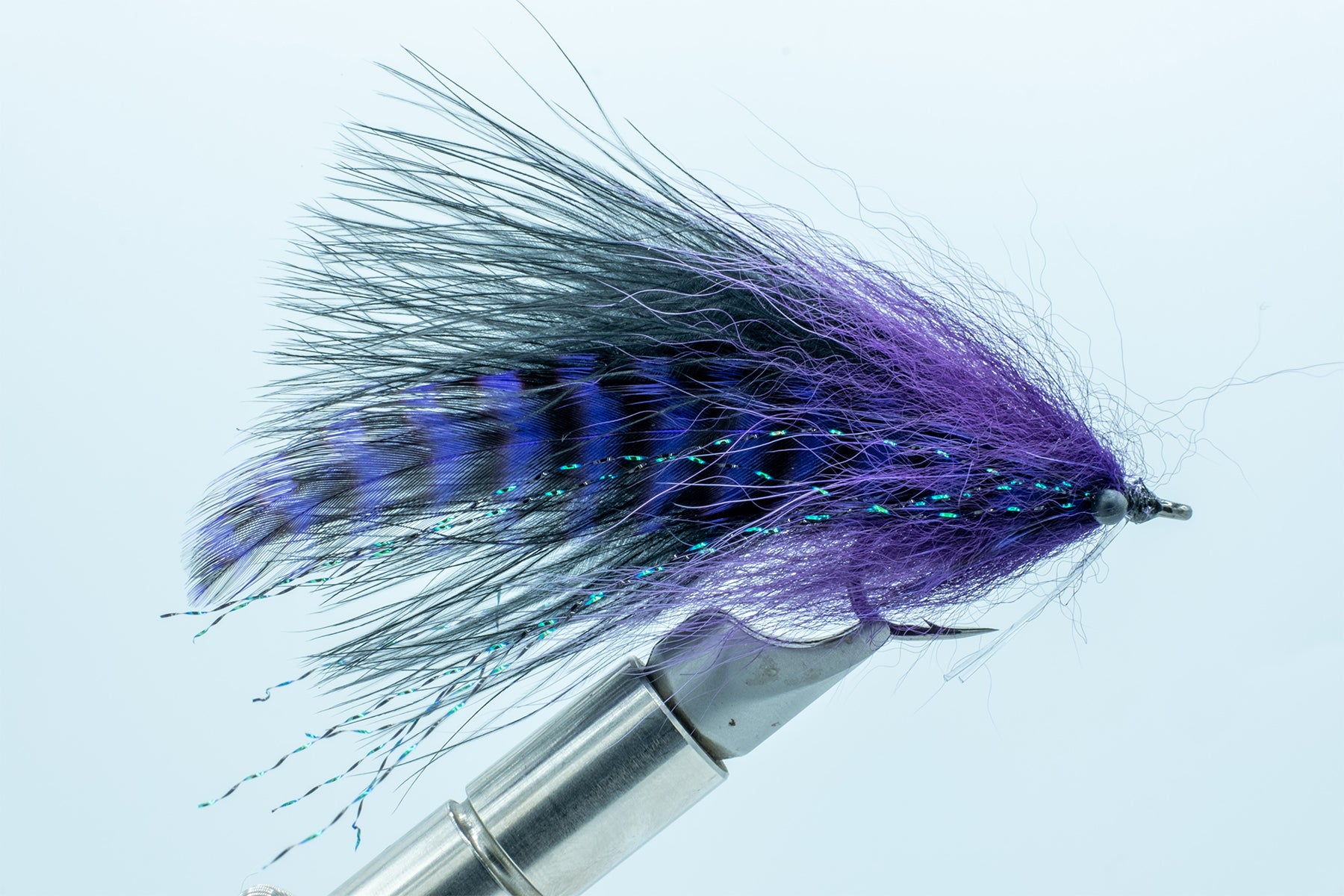
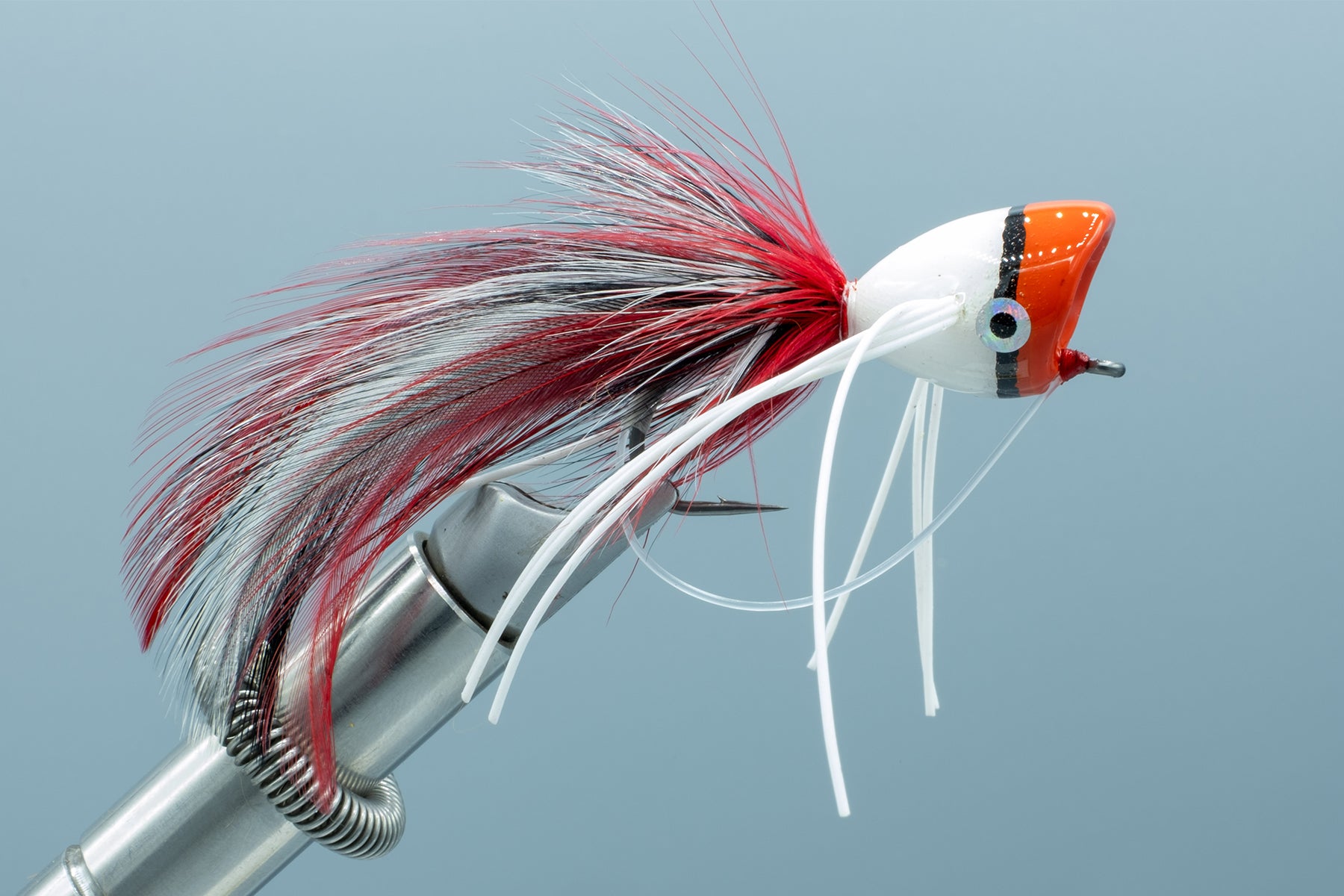
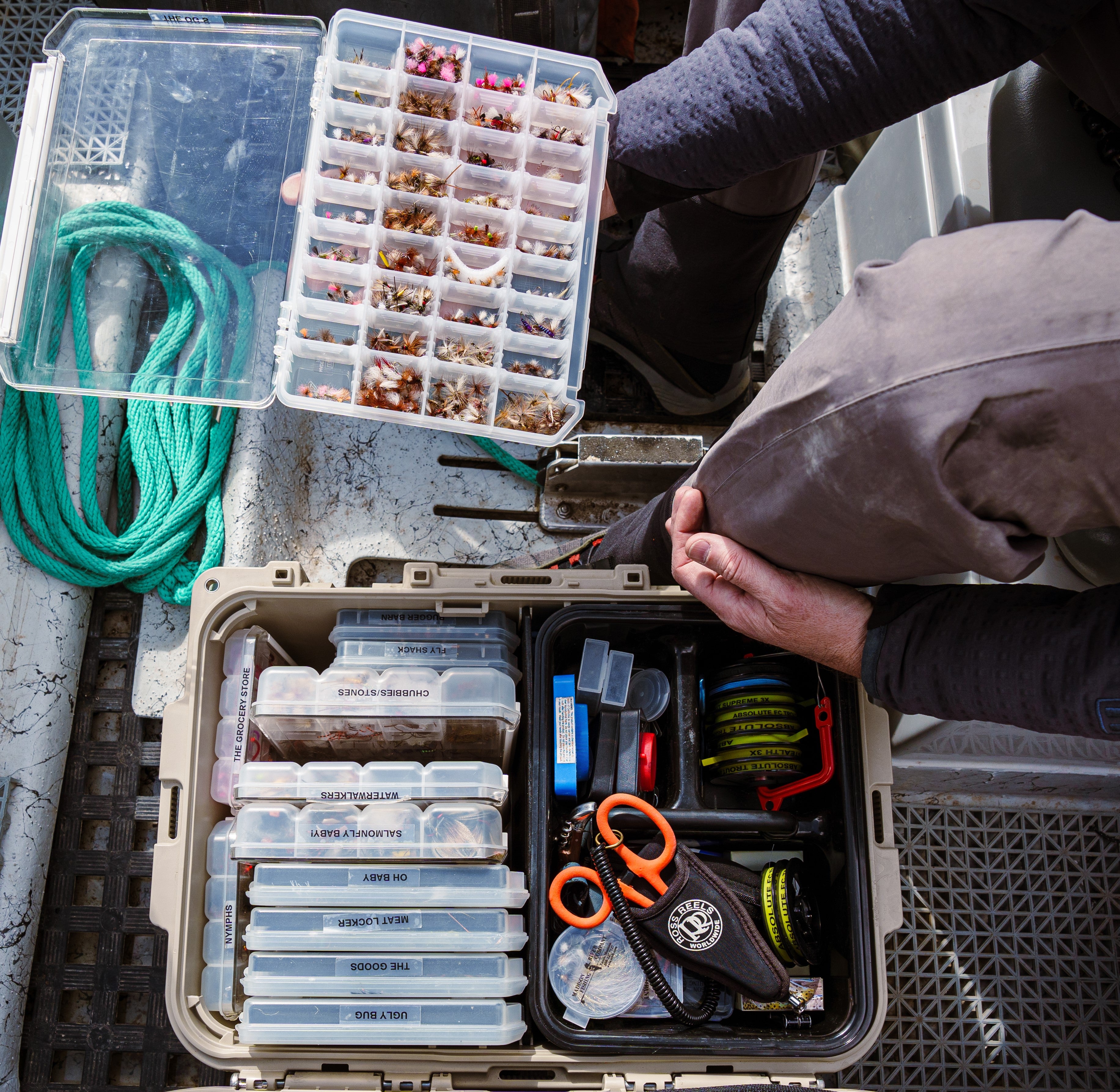
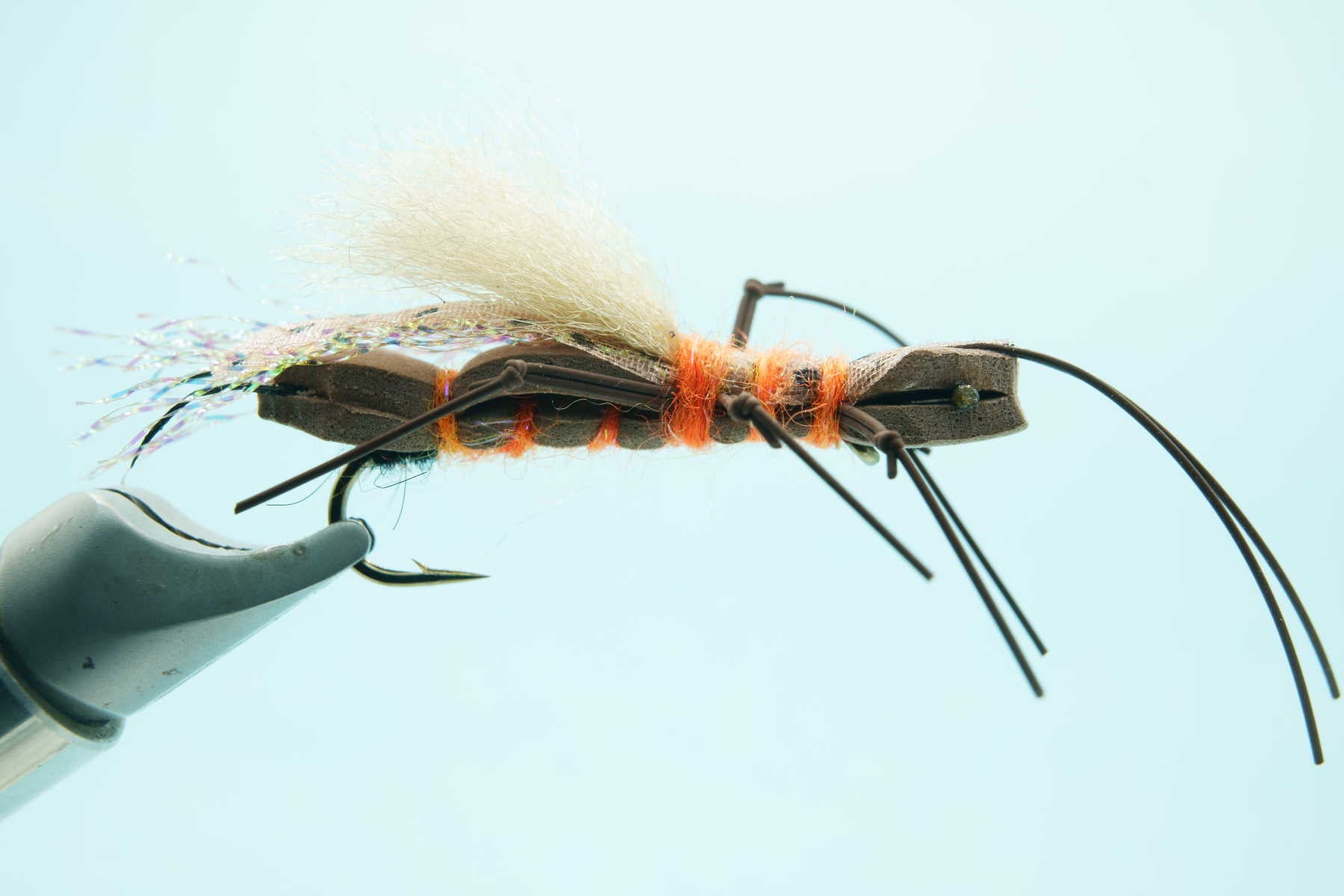
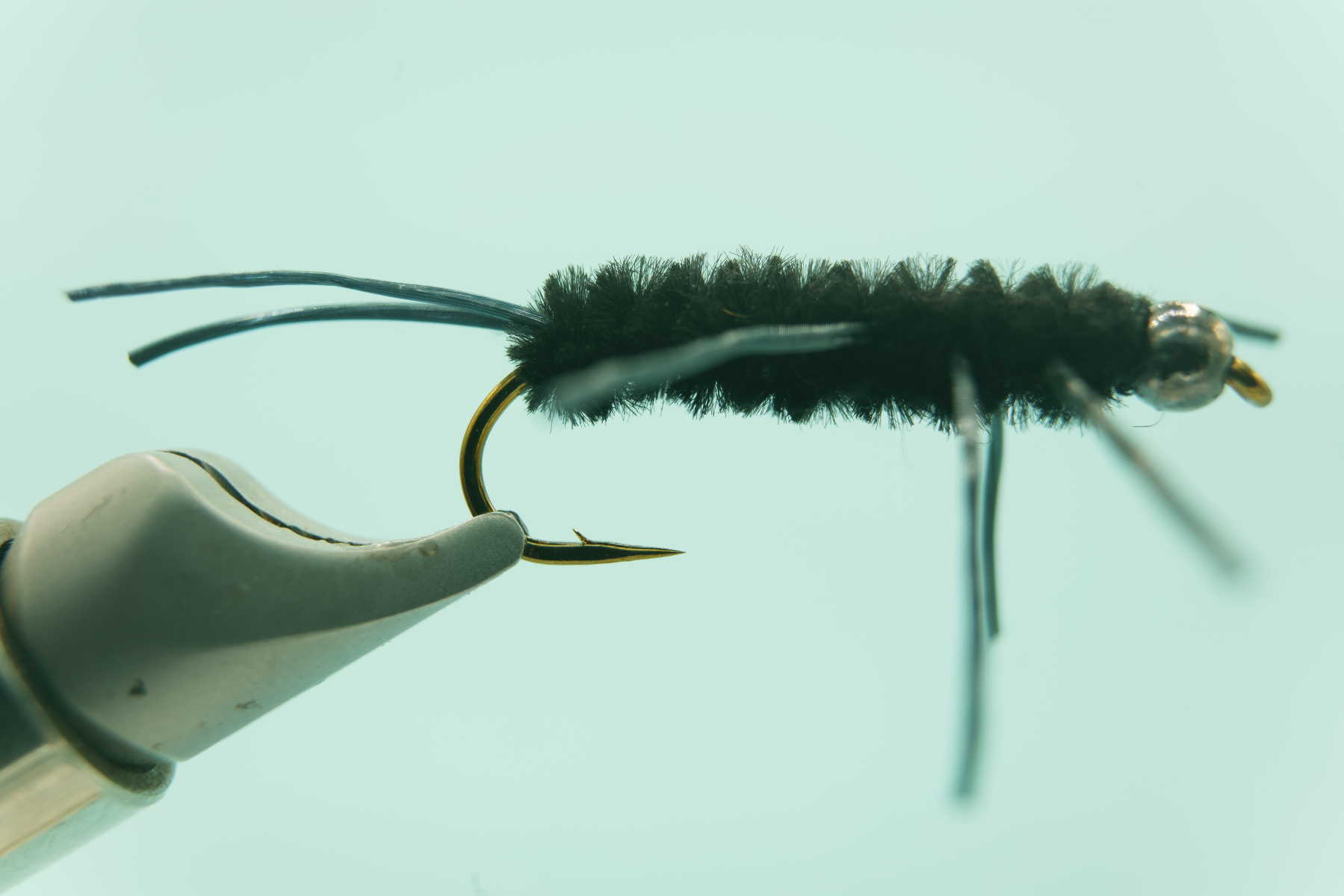
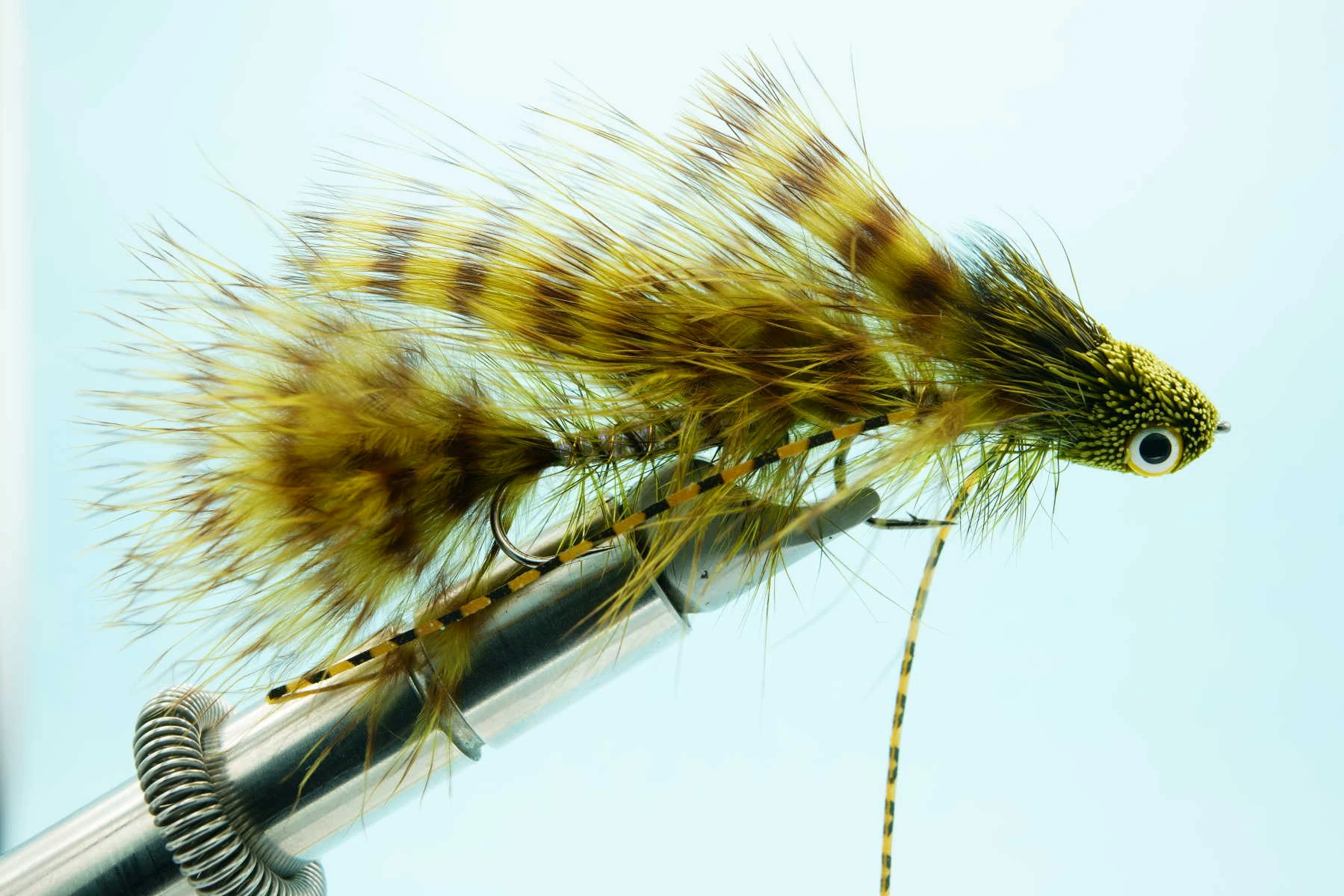
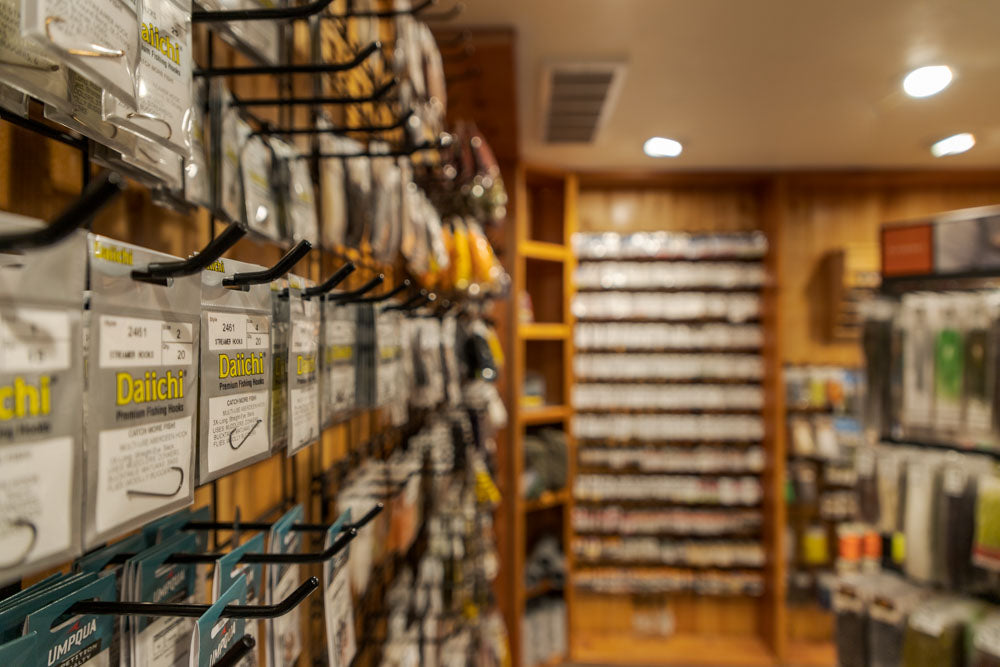



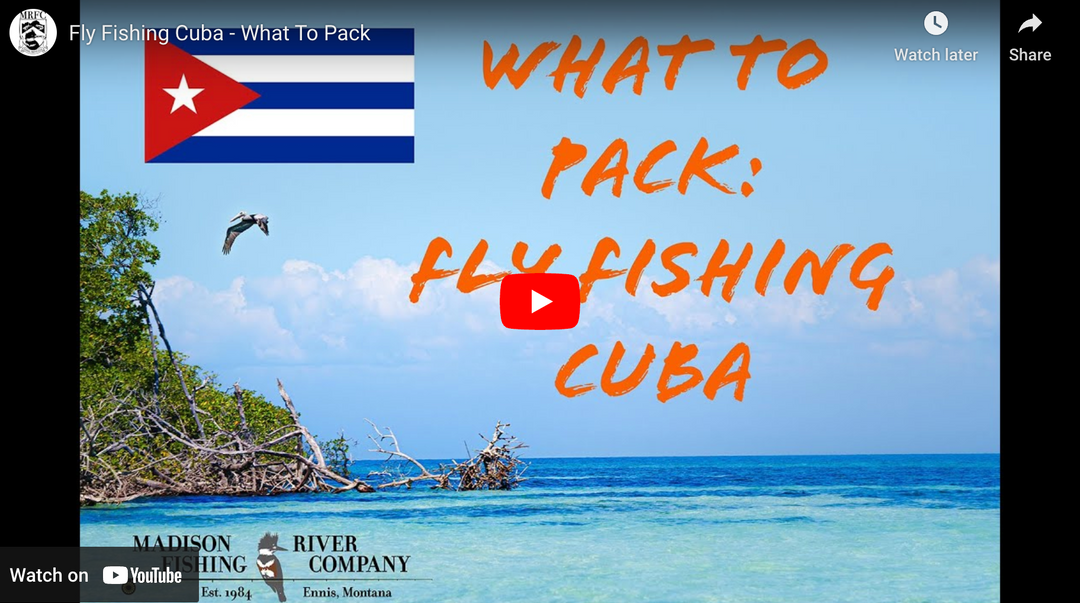
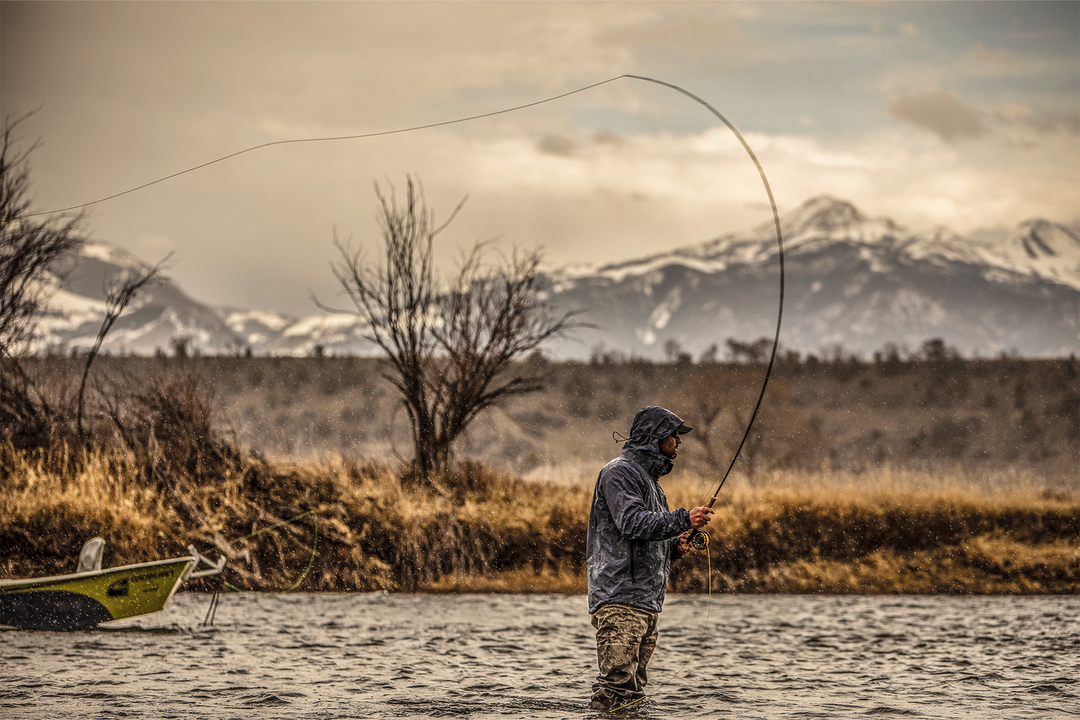
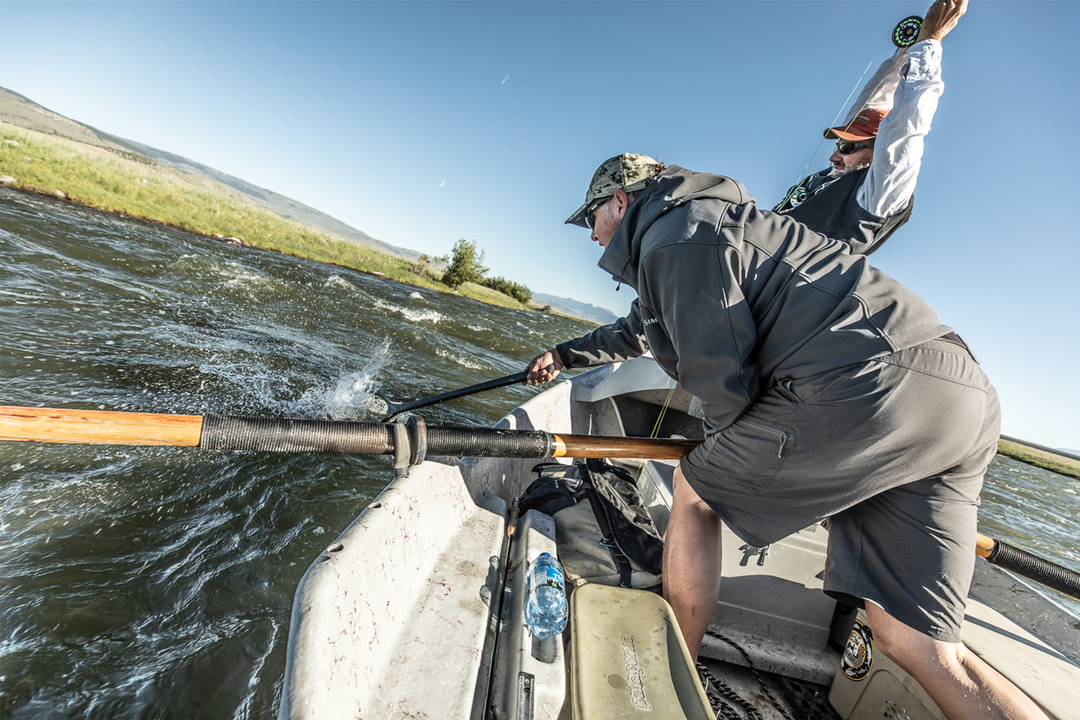
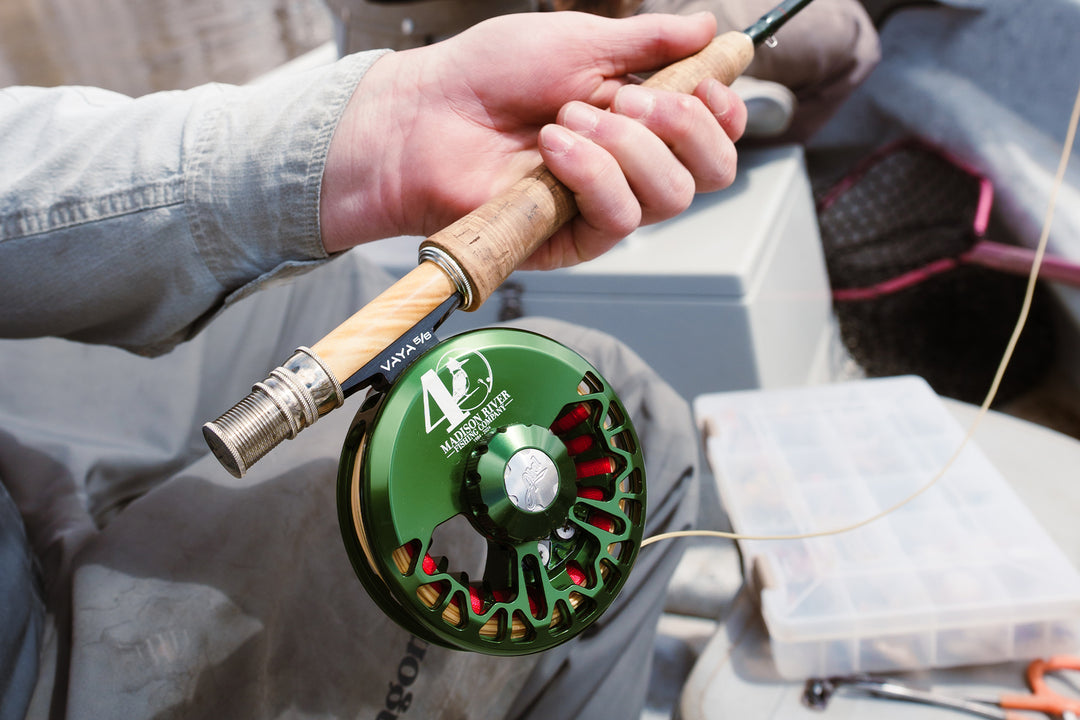
Leave a comment